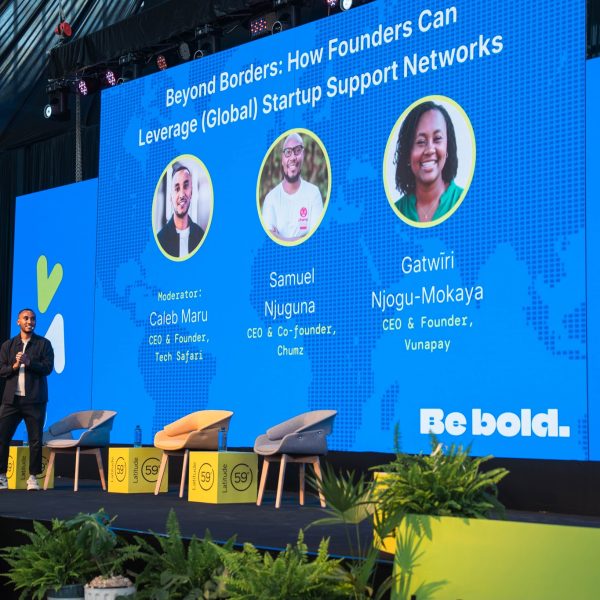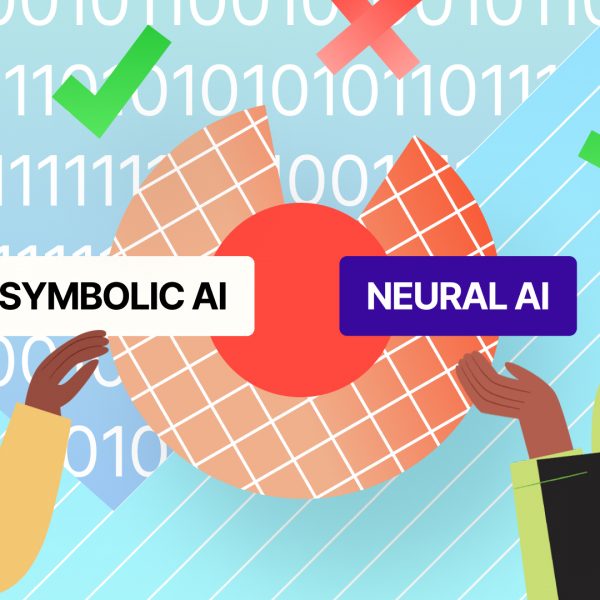
The debate about transparency issues in the advertising industry has been gaining momentum recently, largely due to Jon Mandel’s speech at the Association of National Advertisers’ (ANA) annual media conference in 2015. The following year, independent research conducted by K2 Intelligence LLC (“K2”) revealed numerous non-transparent business practices, such as rebates and problematic principal transactions, occurring regularly throughout the media spectrum. Evidence suggested that some advertising agencies had taken advantage of their position, failing to act in the best interests of advertisers.
The situation took an unprecedented turn in 2018 when the FBI intervened and requested cooperation from the ANA and its members. Although no conclusive evidence has emerged yet, and no accusations or charges have been made, the FBI believes that potential victims of financial fraud may exist and seeks their assistance in this extensive investigation. This inquiry could uncover offenses far more serious than financial fraud, including conspiracy and even racketeering.
Such a scandal could not go unnoticed and naturally led to revolutionary changes in the advertising industry, prompting companies to take action. One of the world’s biggest advertisers, Procter & Gamble, launched a new marketing strategy aimed at reducing spending and enhancing the effectiveness of advertising. The company planned to reduce the number of agencies it works with by 50%, cutting the total from 2,500 agencies to 1,250. According to P&G’s Chief Financial Officer Jon Moeller, the company managed to reduce ad agency and production costs by $750 million over the last year and expects to save an additional $400 million by implementing new advertising and media agency models.
The most notable of them is a standalone agency consisting of top creative employees from Publicis Groupe’s Saatchi & Saatchi; WPP’s Grey; and Omnicom’s Marina Maher Communications and Hearts & Science, who will work together in dedicated offices in P&G’s headquarters in New York and Cincinnati. The company’s Chief Brand Officer Marc Pritchard describes this initiative as “X Factor talent”. The new agency is called “People First,” and it will cater for P&G’s North American fabric care brands, including Tide, Downy and Gain. Bringing together creative people from different agencies should positively influence their creativity and inspire the generation of new ideas. Working in a new environment with new teams will challenge them and spark original ideas. Such in-house teams might even become the new hotshops.
Another model includes fixed and flow arrangements, which combines an agency-of-record on retainer for most creative work, with some other regular projects handed out to other agencies.
The third model involves digital media planning, buying, and distribution, which P&G plans to automate by bringing these functions in-house. Previously, the company outsourced all tasks to an agency, from planning to buying. This new model aims not only to save money but also to give P&G more control over its brand campaigns. This decision aligns with last year’s initiative to support more efficient production methods.
Under this model, P&G seeks to improve advertising targeting and ROI by utilizing machine learning. A significant amount of online ads result in wasted expenditure because they are viewed not by actual consumers but by bots, leading to approximately $7 billion in ad fraud each year. Additionally, due to poor targeting, many ads fail to reach their intended consumer groups. This issue can be addressed through the implementation of machine learning, which analyzes online behavior patterns to enhance targeting accuracy.
Another major company, Nestlé, has adopted a hybrid in-housing model to increase marketing effectiveness and transparency.
Machine learning and BigData was also used in this Case Study on modeling a bank’s media mix using the AdoptoMedia platform. A forecasting model optimized the 2017 ad budget across various media channels, leading to a 15% increase in ROMI by eliminating inefficient channels.
AdoptoMedia also empowers organizations to move performance measurement in-house, fostering transparency, accountability, and enhanced visibility for C-suite leaders. Our cutting-edge Marketing Mix Modeling (MMM) solution, powered by AI, assists advertisers in both tactical and strategic initiatives. The tool evaluates the contribution of each marketing channel to sales and other KPIs, accounting for various factors. Additionally, AdoptoMedia enables businesses to assess ROI by channel, conduct “what-if” analyses, and optimize future budget allocations.


